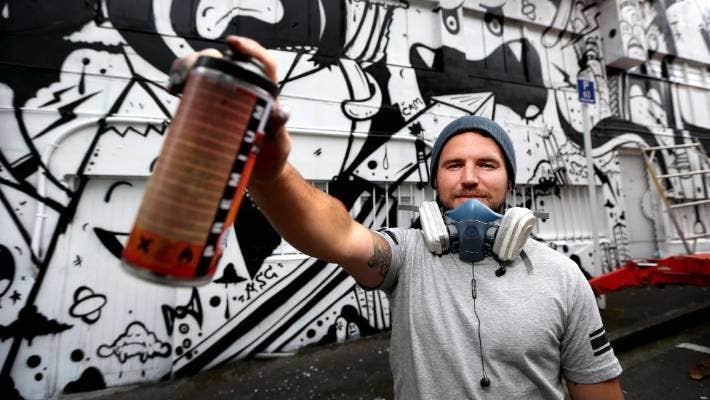Graffiti art has progressed from ancient inscriptions to a renowned modern art form. It is a dynamic and expressive type of urban storytelling. Previously considered as vandalism, it now embodies the essence of urban life and culture. This article examines the evolution of graffiti, from rebellious tags to popular work of art. We look into its historical origins, cultural effect, and dynamic interaction with hip-hop culture. We consider graffiti’s global significance and its expanding future by highlighting notable graffiti artists and their relevance of the digital age. Join us as we explore the rich tapestry and timeless appeal of graffiti, a one-underground movement that is now embraced on a worldwide scale.
Historical Roots
Graffiti dates back to prehistoric cultures, with samples discovered in Pompeii ruins and Egyptian tombs, where inscriptions and drawings graced walls. The currently existing incarnation of graffiti, on the other hand, is vastly different. The origins of this movement trace back to the mid-twentieth century, specifically to the 1970s in New York City, where it emerged as a form of creative expression among young people in urban areas.
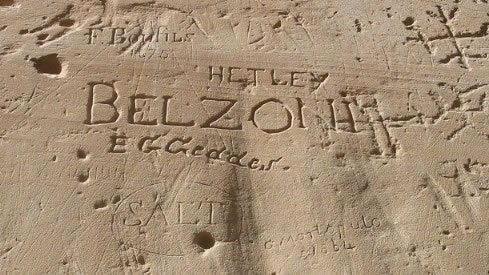
The Birth of Modern Graffiti: New York in the 1970s
Modern graffiti was formed amid the melting pot of of New York’s varied neighborhoods. It began as a way for young people, typically from underprivileged neighborhoods, to make their imprint on a fast changing metropolitan scene. Tagging became popular during this tile period, with basic signatures of an artist’s pseudonym, typically embellished with distinctive letters and designs.
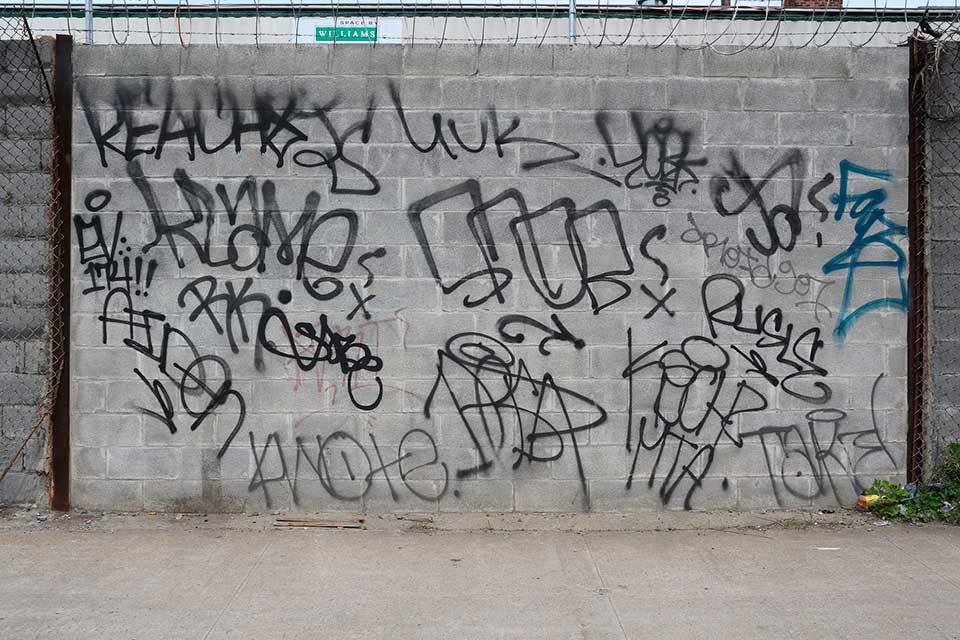
From Tags to Murals: The Evolution of Style
What started as simple tags quickly grew into greater complexity and attractive forms. Artists started experimenting on bigger scales, which resulted in the development of elaborate murals. This advancement marked a fundamental transition, acknowledging graffiti as a valid form of creative expression instead of just a means of street-level dissent.
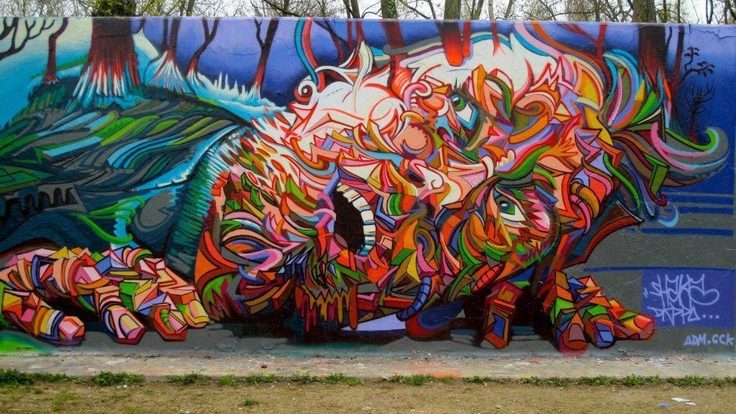
Graffiti and Hip-Hop: A Cultural Symbiosis
Graffiti art grew alongside hip-hop culture, with both forms springing from the same urban areas and responding to comparable themes of resistance, identity, and community. Both cultures emerged in the interconnected parts of urban landscapes, where graffiti and hip-hop flourished.
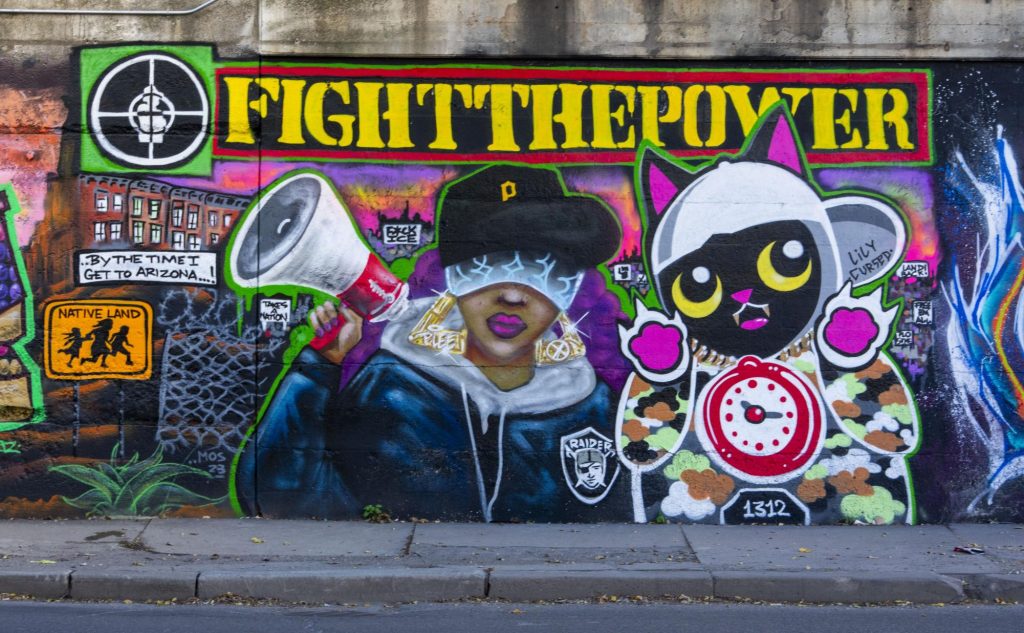
Public Perception: Vandalism vs. Art
For many years, graffiti was primarily seen as an unlawful act of vandalism. However, as the art form grew and acquired increased public exposure, opinions began to change. A number of cities throughout the globe now acknowledge graffiti’s cultural worth, providing legal locations for its creation and even funding artists to produce public works.
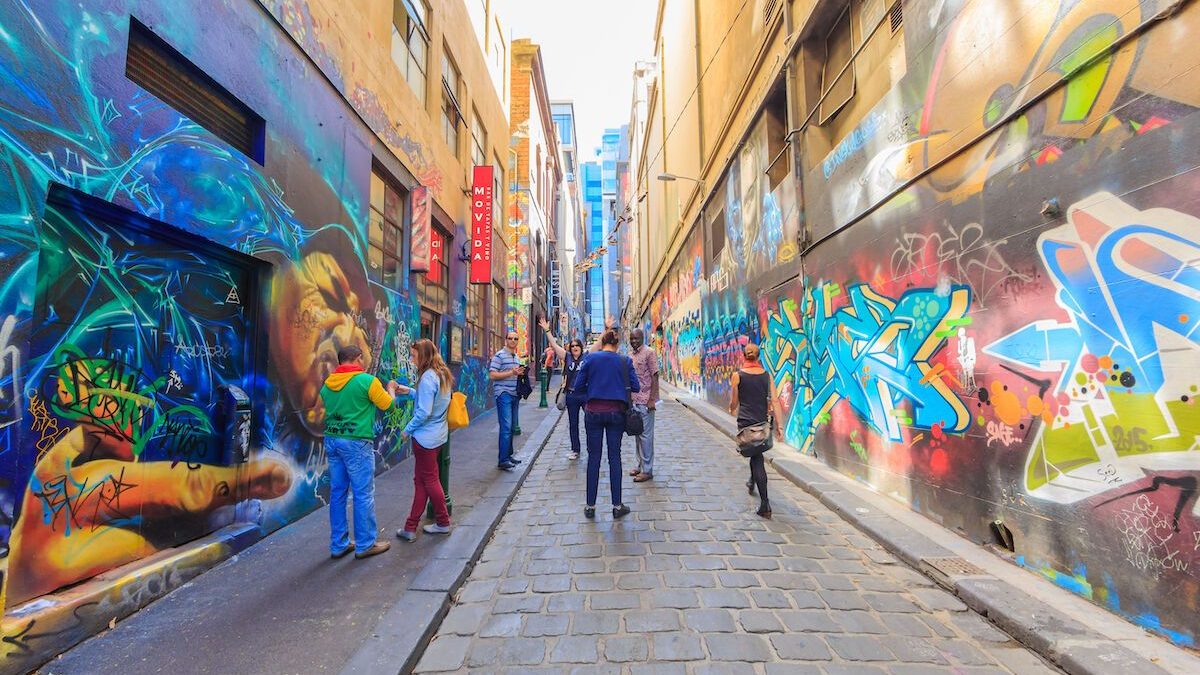
Entering the Mainstream: Graffiti in Galleries
Graffiti started making its way from the streets to art galleries in the 1980s and 1990s. Artists such as Jean-Michel Basquiat and Keith Haring were crucial in this evolution. Their work defied established limits and contributed to developing graffiti as a respectable type of modern art by bringing street aesthetics into the gallery environment.
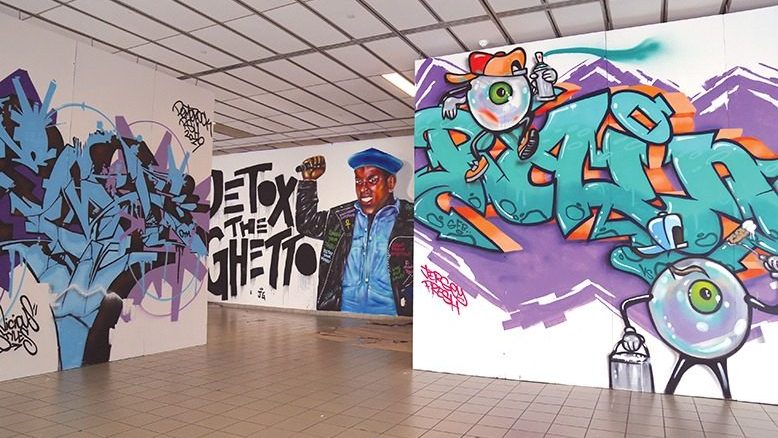
The Digital Revolution: Graffiti in the 21st Century
Graffiti has been further impacted by the application of digital technologies. Artists today use digital channels to produce and promote their work, reaching audiences outside of their local environment. This advances in technology has generated new forms and techniques, broadening the scope of graffiti.
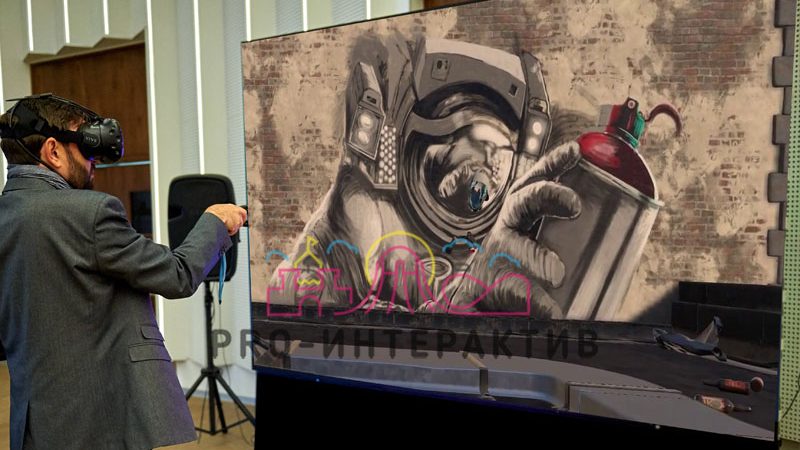
Graffiti art, once dismissed as vandalism, is ultimately evolving into a respected and dynamic art form. It connects historical idioms with contemporary urban plots, expressing society’s plurality of voices. The transition from simple tags to magnificent murals represents a significant artistic and cultural journey. Graffiti’s incorporation into mainstream art and internet platforms demonstrates its versality and worldwide influence. Graffiti, as it evolves, is an effective medium for artistic expression and social commentary, enhancing urban environments across the world. The path of this art form from street corners to galleries demonstrates its continuing importance and value.

